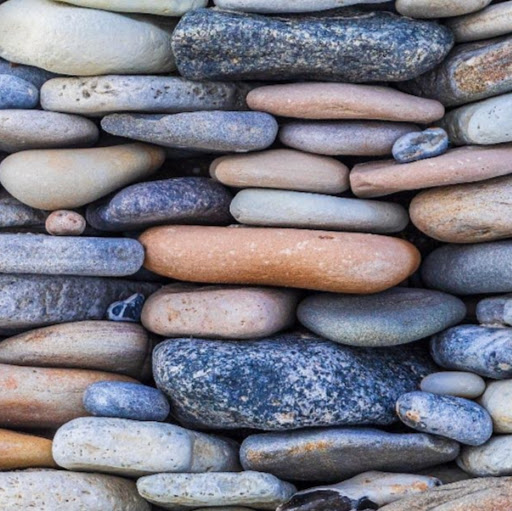Tree Cabling & Bracing Services

Creating Natural Support Systems For Trees
Tree cabling & bracing uses extra high strength cables to hold a tree branch in place. This process helps create support systems for weak branches, and it can guide a tree’s growth in the right direction.
When you cable a tree, you can avoid long-term problems like inefficient growth and dangerously weak branches. Tree cabling is a common solution that can help many homeowners and keep them and their trees safe in the long-run.
Weak branches are a problem for homeowners and tree lovers alike. Not only can they be unsightly, but they can endanger you or your family in an extreme weather event. When that’s the case, you need to consider tree cabling.
Why Consider Tree Cabling?
If caught early, structural issues can usually be solved through strategic pruning. However, after a tree is mature most structural issues will require tree cabling or bracing.

Damage Prevention
Support systems are used in prevention when a healthy tree has some structural issues that are spotted during a routine inspection. Installing a support system in these scenarios reduces the chance of the structural issues causing damage to people or property.

Tree Restoration
Support systems are used for restoration when a tree has been damaged by a storm, construction work, or extreme temperatures. By cabling in this situation, you can maintain what’s left of the healthy structure of the tree and protect it from future damage.

Risk Mitigation
Support systems are used to mitigate risks in healthy trees without structural issues that are in areas where considerable damage to people or property could occur if the tree was to fall unexpectedly.
Signs You Need Tree Cabling
Sudden Tree Leaning
Trees normally have a little lean to them. A tree trunk curves because of the tree’s ability to adapt over time to the changing availability of sunlight. The tree’s root system will grow to accommodate this off-center weight distribution. However, if a tree suddenly begins to lean, starts leaning after a storm, or if the soil around the tree is cracked/heaving your tree may have a structural issue that requires tree cabling.
Cracking Or Splitting
Cracking or splitting in the trunk of your tree is a sign of a potentially serious structural issue, and may require a support system. If you notice a crack call an arborist to check it out.
V-Crotch/Co-Dominate Stems
Co-dominant stems are two or more stems that grow upward from a single point of origin. They usually create the image of a “V”, hence the name V-Crotch. As the tree’s branches grow, V-Crotches become weak spots in the tree. V-crotches are likely to split and cause the tree to fall.

Let RTEC Treecare Preserve The Health & Life Of Your Trees
If you have a weak branch or other tree growth problem, tree cabling may be the answer you’ve been looking for. Our team of Certified Arborists and tree service experts will help you determine the best plan for ensuring safe and healthy trees.
Reviews From Our Clients

4.9 of 5 based on 245 reviews












